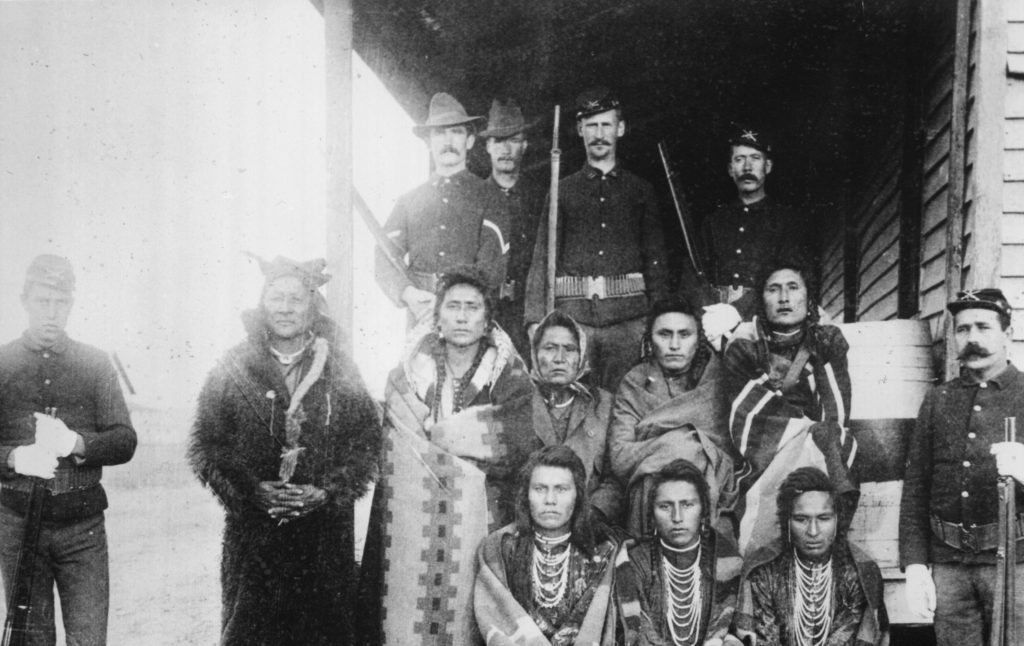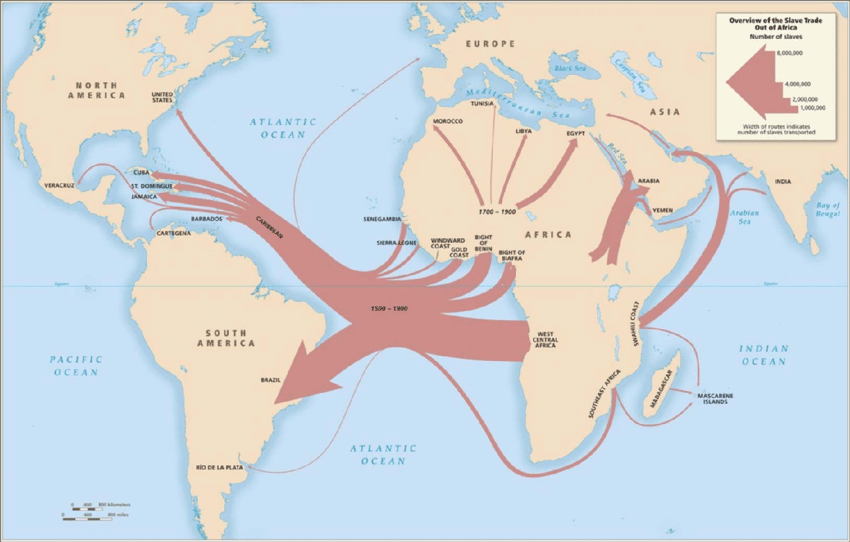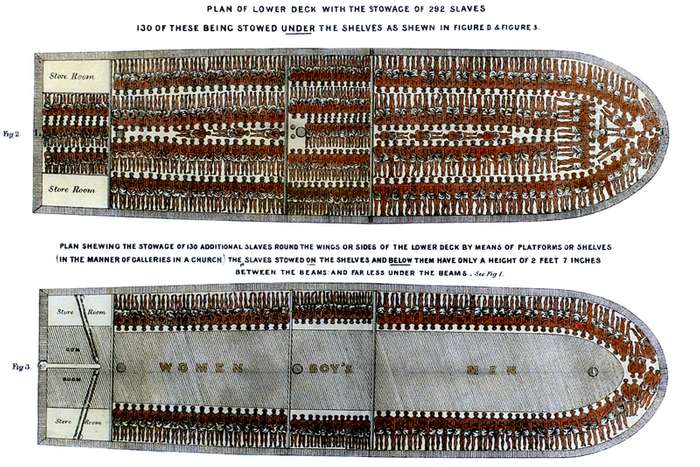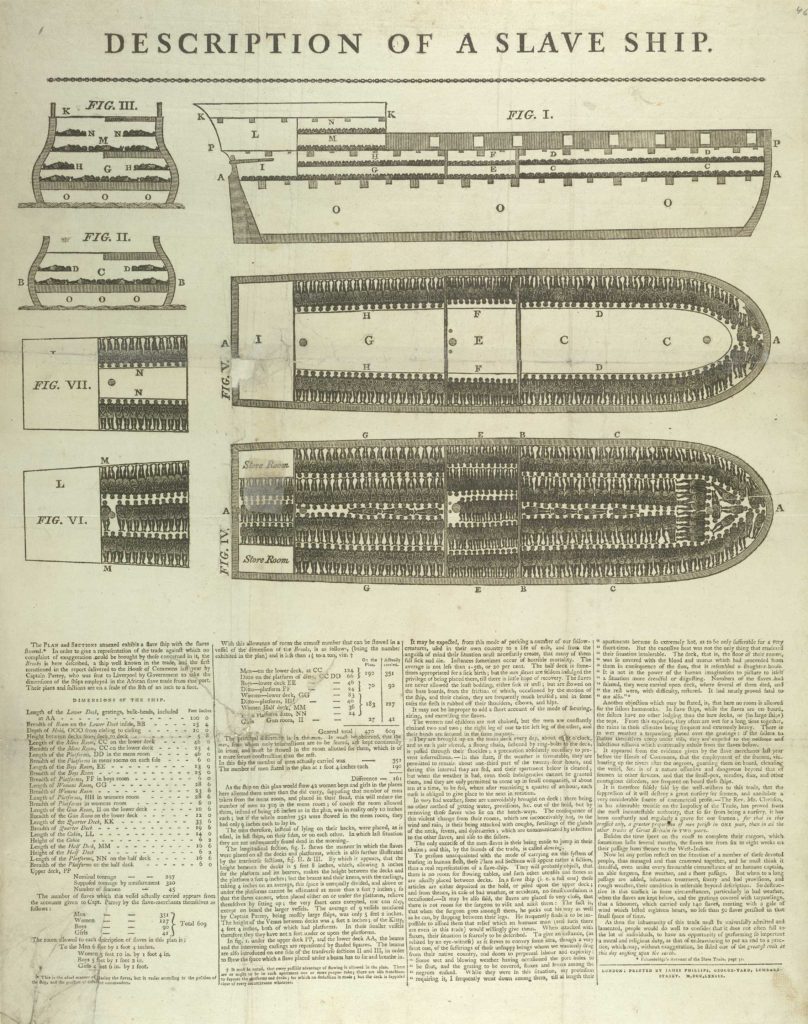Colonialism and its history
“Colonialism is defined as “control by one power over a dependent area or people.” It occurs when one nation subjugates another, conquering its population and exploiting it, often while forcing its own language and cultural values upon its people. By around 1914, a huge majority of the world’s nations had been colonised by Europeans. The concept of colonialism is closely linked to that of imperialism, which is the policy or ethos of using power and influence to control another nation or people that underlies colonialism.” –https://www.nationalgeographic.com/culture/topics/reference/colonialism/

In other words, colonialism is the violent invasion of a country in order to take control over it, involving the claim of land as its own and getting ‘settlers’ to live there. The first wave of colonialism started in the 15th century, with European countries such as Britain and France invading lands across North and South America. Their aim was to spread Christianity. The second wave involved the continent of Africa, which was invaded by European countries, and taken over. On the left – 1887: A group of prisoners from the Crow tribe, being confined to a reservation as colonists take over huge tracts of their land.
The Slave Trade
The transatlantic slave trade involved the transportation of enslaved African people, mainly to the Americas, by slave traders. Through the 16th to the 19th centuries, The slave trade regularly used the triangular trade route and its Middle Passage, to move the slaves. The vast majority of those who were enslaved and transported where people from central and West Africa. This global slave trade, which included European countries such as Portugal and Britain, transported between 10 million and 12 million enslaved Africans across the Atlantic Ocean to the Americas, to be sold as workers for cotton, Tobacco and sugar farms.

triangular trade route and its Middle Passage
Probably around a few hundred thousand Africans were transported to the Americas before 1600. however, in the 17th century, demand for slave labour increased sharply with the growth of sugar plantations in the Caribbean and tobacco plantations in regions of North America. The largest numbers of slaves were taken to the Americas within the 18th century, when, according to historians’ estimates, almost three-fifths of the total volume of the transatlantic slave trade took place.

how slaves where packed and transported on ships 
ENSLAVEMENT AND RACISM
The slave trade had an immense effect on the people of Africa, promoting an atmosphere of lawlessness and violence, with many people holding a constant fear of captivity. With that, depopulation made economic and agricultural development almost impossible in western Africa. Africa’s loss of population and potential population was one of the major factors leading to economic underdevelopment. The trade also created conditions for the subsequent colonialism of Africa by the Europeans. Resources that were taken from Africa contributed to the capitalist development as therefor the wealth of Europe and other countries. The unequal relationship between the continents started by the enslavement of africans, was justified by racism and the fact that whites where naturally superior.
Its estimates that just over 11 million people where transported during the transatlantic slave trade, however, of those slaves, fewer than 9.6 million survived the middle passage journey across the Atlantic, due to the unlawful violence suppression of any on-board resistance. As well as this, others who were enslaved in the African interior also died along the journey to the coast. This would be the greatest forced migration of a human population in history.


